The 2023 global mineral exploration budget stood at US$12-13B, with the majority directed to ‘safe’ jurisdictions. Although a slight decline from the previous year, it only represented 60% of the 2012 peak (>US$20B). This decline correlates, in part, with a reduction in the number of companies involved, down 40% from the peak of over 2,500 companies also in 2012 to about 1,500 companies. The most recent trough in global exploration budgets was in 2016, with US$6-7B spent on exploring non-ferrous minerals, involving approximately 900 companies with operating budgets.
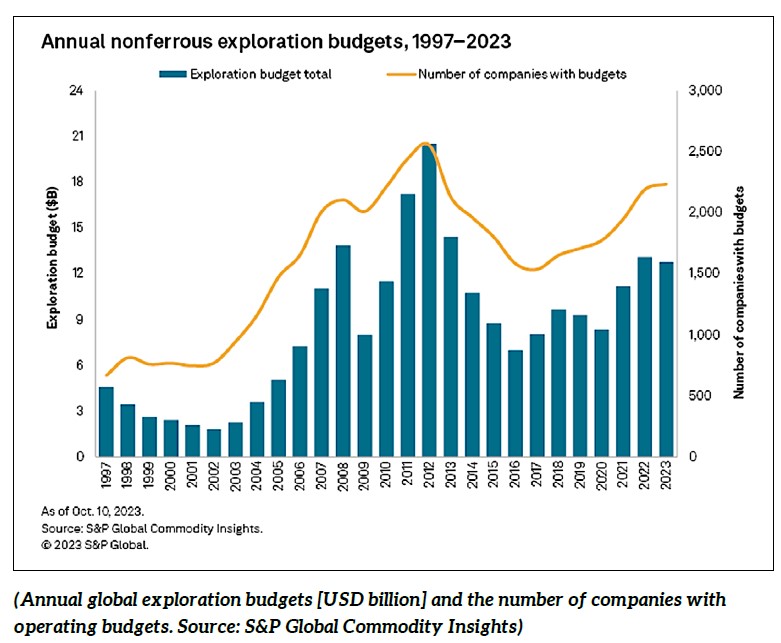
This year saw Argentina, Côte d’Ivoire, and Guinea achieving new peaks in exploration expenditures, while the US and Sweden reached 96-97% of their 2012 peaks. Conversely, budgets for countries like Indonesia, Ghana, the Democratic Republic of Congo, South Africa, Colombia, and Russia fell below 40% of their recent peaks for various reasons.
The 2-3% drop (US$332M) in the 2023 exploration budget (US$12.7B) versus the previous year (US$13.0B) was mainly due to a US$1.0B decrease in gold exploration funding. This, however, was partially offset by increases in critical mineral expenditures, including copper (US$327M), lithium (US$362M), and nickel (US$117M) exploration. Junior companies, representing 40-42% of the global exploration budget, reduced their budgets by 8%, while major companies, accounting for 40-45% of the total, increased their budgets by 1-2% to ~US$6B.
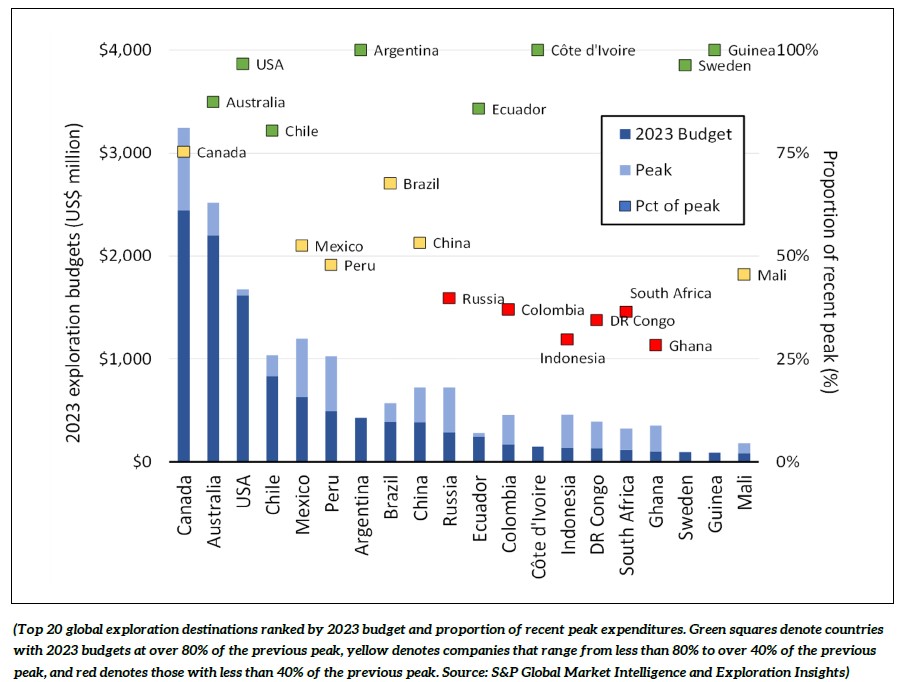
Although the odds are not quite as bad as trying to take home a multi-million dollar payday from the winning lottery ticket, the probability of funds spent on global exploration programmes that result in the delineation of a new orebody is low (<1%).
Unfortunately, geological risk (a risk that resource investors are happy to sign up for), is not the sole factor affecting the success of a mineral exploration programme. Changing national and local perspectives on mineral exploration and development will also significantly impact where limited exploration funds are directed in the future.
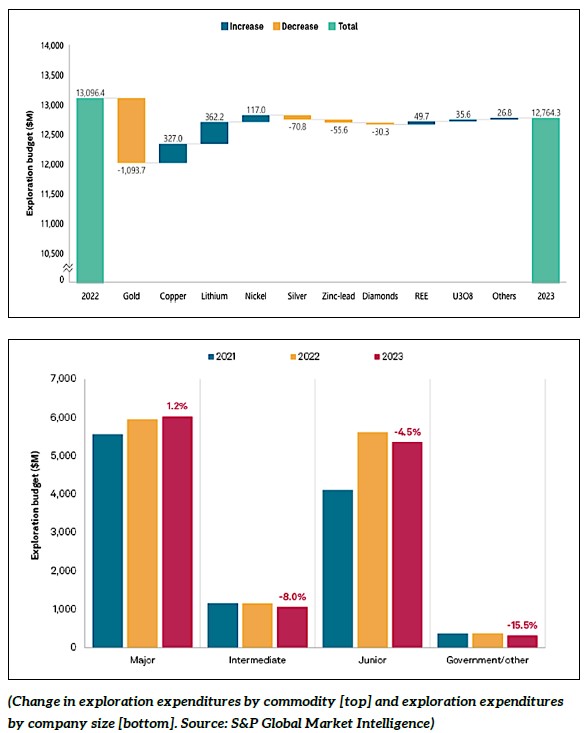
Mexican mining reforms leave explorers in limbo
In May 2023, miners operating in Mexico were taken by surprise after President Andrés Obrador’s Movimiento Regeneración Nacional (Morena) party and its allies held a rushed meeting outside the Senate chambers to implement several mining reforms.
A country with a rich mining history, Mexico is the top global producer of silver and a significant producer of lead, zinc, gold, and copper. Mexico has been a popular choice for exploration for many North America-based companies. In 2023, about US$630M was spent predominantly on precious metal exploration (gold and silver), with approximately a third funded by junior explorers. However, total expenditures were about half their 2012 peak (US$1.195B).
Mexico’s risk profile — political, economic, legal, tax, operational, and security — has worsened under Obrador’s presidency, whose priorities include nationalizing the energy sector, including oil and gas, lithium, and electricity. Uncertainties regarding how exploration companies (big and small) can gain access to new tenements presents a major challenge for exploration in the country and may discourage future expenditures.
The move to nationalize the lithium sector adds to the risk. Although the next federal elections are set for June 2024 and Obrador cannot run for another term, the likelihood that the new leader of his party, if elected, will continue his policies is high.
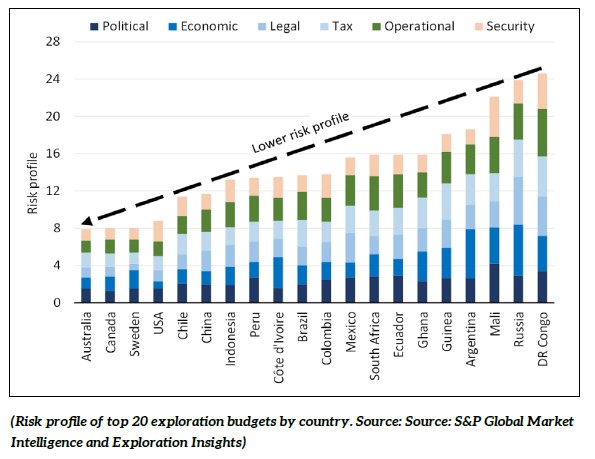
BC mineral tenure is tenuous
In October 2023, the British Columbia Supreme Court (BCSC) mandated the province to overhaul its Mineral Tenure Act to align it with the United Nations Declaration on the Rights of Indigenous Peoples (UNDRIP), a commitment the western Canadian province made in 2019. This legal decision followed a challenge mounted by the Gitxaala First Nation in 2021, focusing on the constitutional aspects of the ‘free entry’ system, which allows the holder of a free miner certificate to acquire mineral claims issued by the provincial government.
A primary concern for Indigenous groups is the ease by which individuals can stake claims at low costs without prior consultation with First Nations communities.
The BCSC does not deem the existing act unconstitutional but emphasizes the need for modernization, especially in acknowledging the duty to consult with Indigenous communities. The province has an 18-month window to make these crucial revisions, and the clock is ticking.
Currently, the province is legally obligated to consult and accommodate First Nations’ interests on most land and resource decisions that impact them; however, the initiative falls mainly on the mining company. While most companies strive to develop good relations with local groups early in the process, there are a few that may have overstepped their bounds.
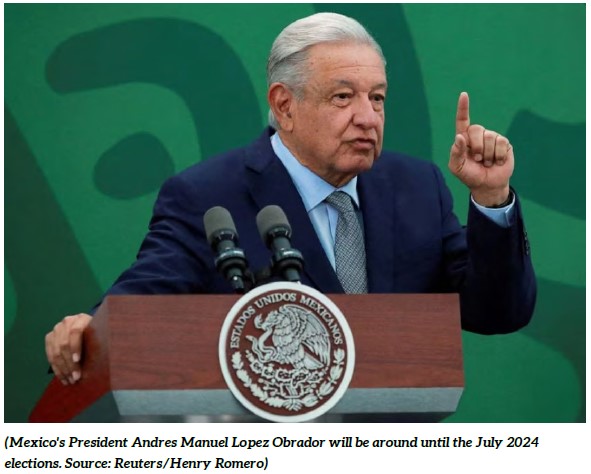
Moving forward, the initial focus should be on engaging with First Nations in regions that saw the lion’s share of exploration expenditures in 2022 (C$740M) — mainly for gold and copper projects — including the northwest (60%), north-central (19%), and south-central (15%) areas of British Columbia.
Over the next 18 months, uncertainty will pervade new ground acquisitions in British Columbia, posing further challenges for junior exploration companies seeking stable jurisdictions amid weak capital markets.
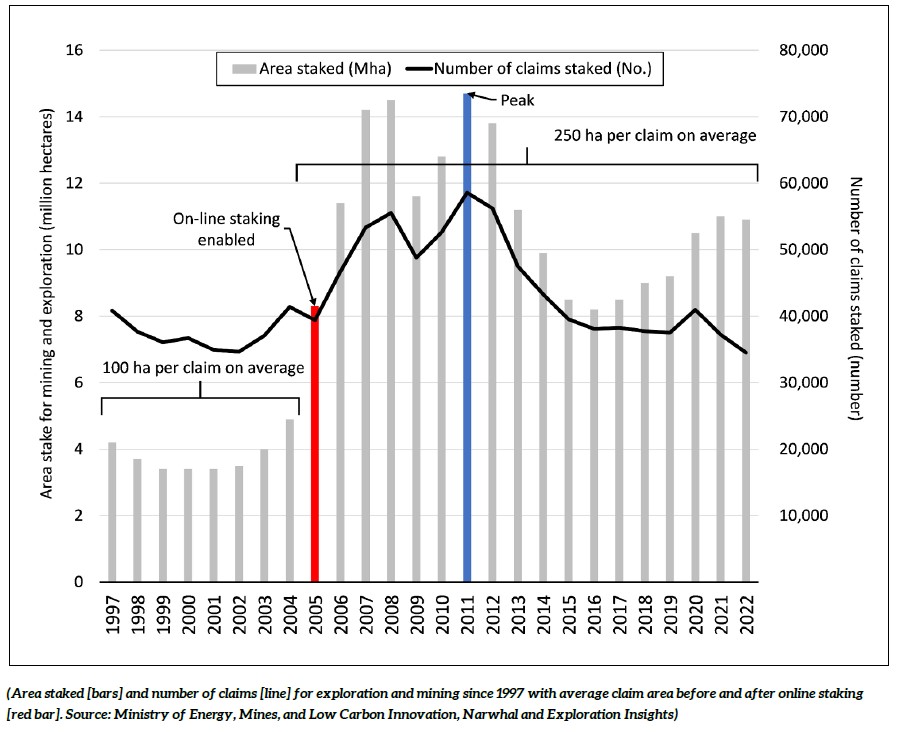
Chile to nationalize lithium and increase mining royalties
Left-wing Chilean President, Gabriel Boric, aims to increase the country’s tax base by leveraging its natural mineral endowment in lithium and copper, crucial for global carbon-neutral plans.
Chile, home to the largest global lithium reserves — being mined by SQM and Albemarle in the Salar de Atacama with leases expiring in 2030 and 2043, respectively — approved a mining tax reform in May 2023, affecting future lithium contracts, which would only be issued as public-private partnerships, with state-owned copper mining company, Codelco, playing a key role.
Larger copper miners will also be affected by higher taxes, with a top tax rate of 47% for producers (>80Ktpa Cu) and royalties, including a 1% tax on copper sales for companies (>50Ktpa Cu), and an additional 8-26% depending on the miner’s operating margin. While these measures provide some certainty to the mining sector, they make it challenging to attract new foreign direct investment.
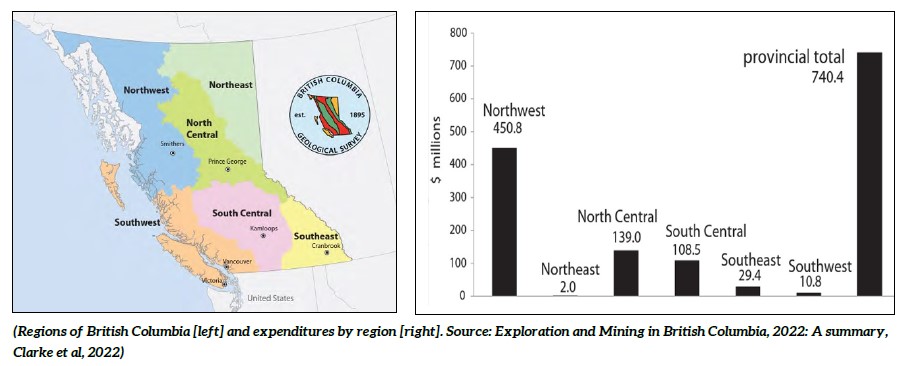
US permitting on public lands extends from a protracted period to never
Although the US is considered a low-risk geopolitical jurisdiction, some mining companies may disagree. In May 2022, a court upheld a ruling that blocked the development of the Rosemont copper project in Arizona, operated by Hudbay Minerals. The intermediate base metal producer has begrudgingly accepted the ruling and focused on the Copper World project, which resides predominantly on private land and doesn’t require federal permits. This may very well be the future of mineral projects in the US as state permits are less problematic.
Also in Arizona, Rio Tinto, who operates the Resolution Copper project, a bulk tonnage underground operation with potential to supply about 25% of the country’s demand for copper, has been back-and-forth with the US Forestry Service to secure the Final Environmental Impact Statement (FEIS) and Oak Flats’ land exchange. The major producer “…is continuing to advance discussions with several federally recognized Native American Tribes who are part of the formal consultation process.” In another instance, the Pebble Copper project in Alaska, with the potential to produce 320Mlbs of copper and 378Koz of gold annually (August 2023 PEA), has been entangled in regulations for over 15 years. Currently, the US Corps of Engineers continues to obtain 60-day extensions while it decides how (or if) the project moves forward.
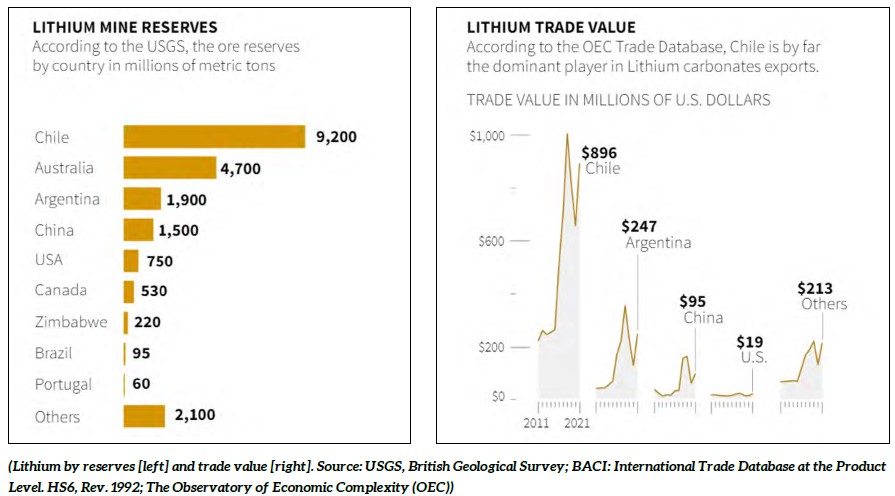
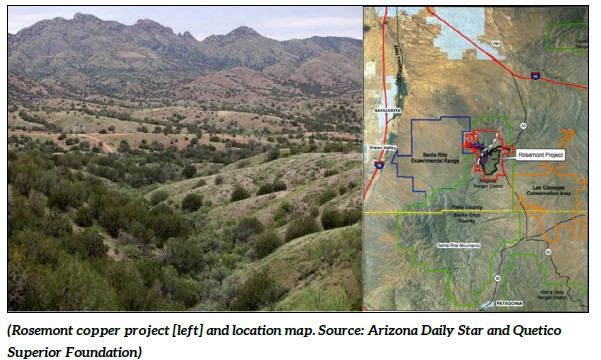
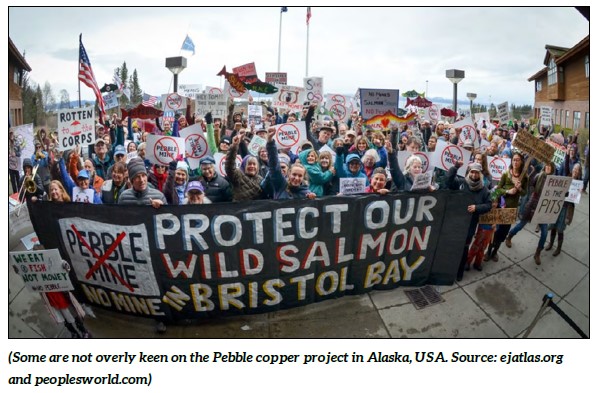
Mining challenges extend to the State of Minnesota, with Chilean miner Antofagasta Minerals facing a legal battle to develop the Twin Metals copper, nickel, cobalt, and platinum group metals (PGMs) underground project. An appeal to its initial lawsuit against the US government was recently dismissed. Despite over a decade’s worth of environmental, hydrogeological, and community engagement work, a 20-year ban on mining in federal lands of the Boundary Waters watershed, encompassing over 225,000ha in northern Minnesota, poses a significant problem.
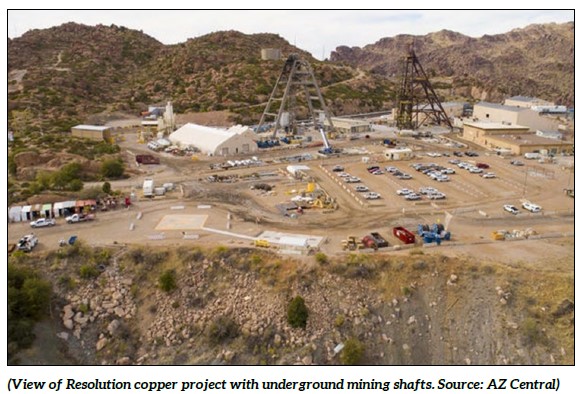
In June 2023, NewRange Copper Nickel, a 50/50 joint venture (JV) between Teck Resources and PolyMet Mining, had its 404 Wetland Permit revoked by the US Army Corps of Engineers (USACE) based on issues raised by the Fond du Lac Band of Lake Superior Chippewa, located downstream of the proposed processing plant. While the USACE has allowed NewRange to re-submit the permit, it also acknowledged the difficulty in successfully addressing and mitigating all the concerns raised by the tribe and the Environmental Protection Agency.
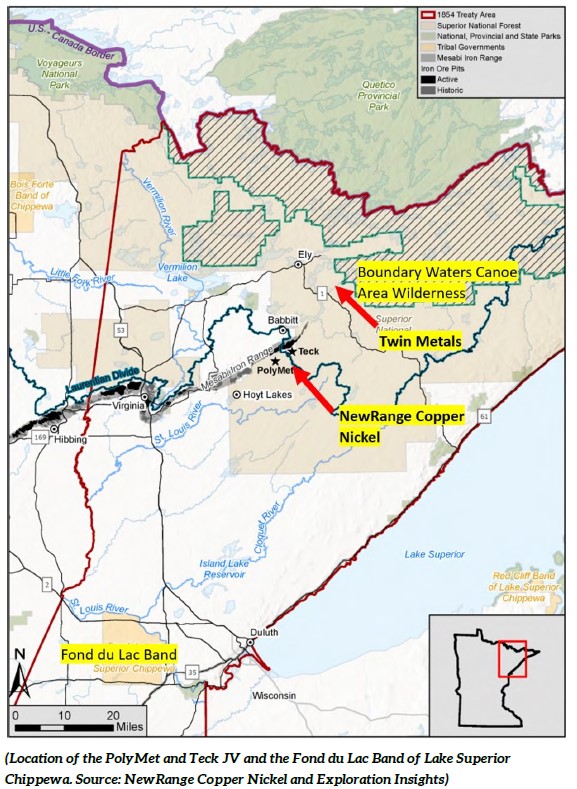
The US administration’s strategy to secure critical minerals and mitigate supply chain risks is seen as flawed, with challenges in sourcing resources like copper and nickel locally despite the country’s generous endowment.
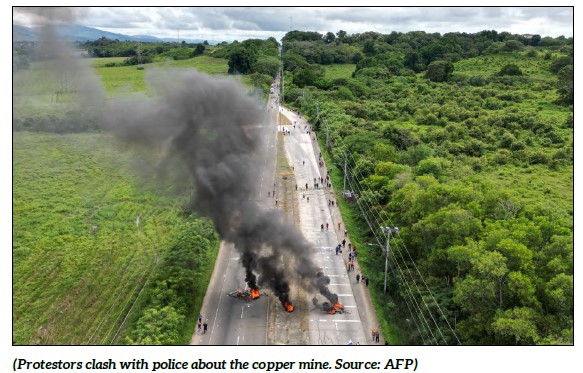
Panama’s uncertain mining future
In October 2023, the Congress of Panama approved a revised contract for a 20-year mining agreement, with an option for an additional 20 years, for the Cobre Panama open pit copper mine, which would provide the Central American nation with approximately US$375M in annual revenue. The operator, First Quantum Minerals, produces about 1.5% of the world’s total copper output from the mine.
However, a lawsuit challenging the contract’s constitutionality and protests disrupting production, which is estimated to cost the country US$69-90M per day, led the President to suggest a referendum on the mine’s future and a ban on the development of new projects. This news caused a significant drop in the value of First Quantum Minerals and Franco-Nevada’s shares (46% and 13%, respectively), wiping off US$6.5B and US$3.4B from their market value. Both managed to recoup some of their losses before the end of that week, but uncertainty remains.
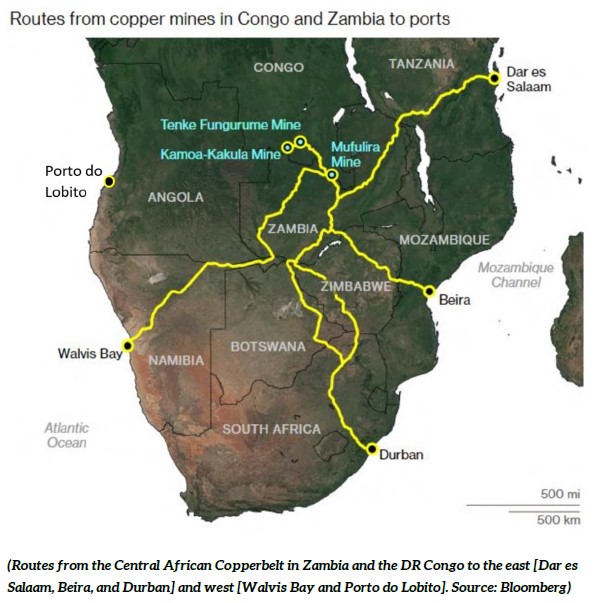
Sahel region of West Africa – Coups & creeping nationalism
The US administration’s push for access to Africa’s critical mineral endowment has led to a proposal for a new rail line in the Central African Copperbelt to facilitate the transport of copper and cobalt to the west and Atlantic coast.
The “Lobito Corridor” represents the most significant transport infrastructure the US has helped develop on the African continent in a generation. The project will require about five years to build and US$1.6B in funding, raised with the help of the African Development Bank. Better access to infrastructure will boost exploration and mining activity in the area, attracting players who may be interested in juniors with prospective land packages.
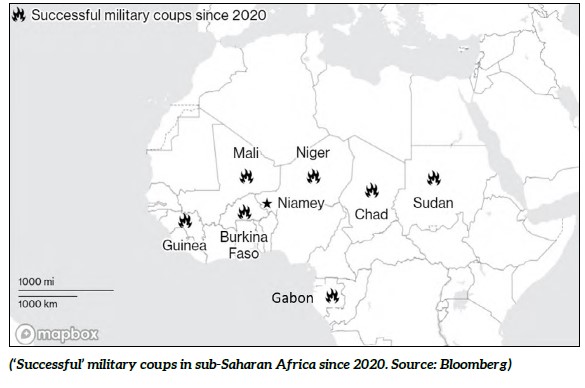
However, the Sahel region of northern Africa has experienced several military coups since 2020, impacting political stability. Coup leaders in Mali, a country forecast to receive about US$109M in exploration expenditures in 2023, are seeking a larger stake in its gold mines (20% to 35%), while eliminating certain tax exemptions that benefit miners.
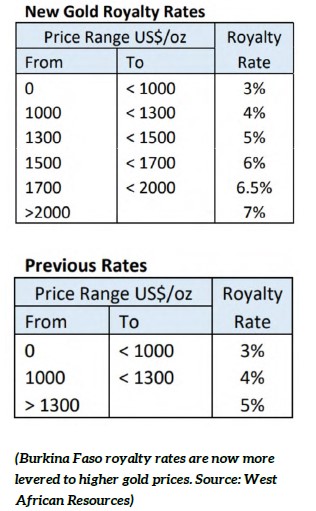
Despite political instability, Burkina Faso still produces about 7% of the world’s gold output. The sinister side is that the military regime counts on mining royalties, among other sources, to fund its exploits. West African Resources (ASX:WAF), a gold producer operating in the country, has noted an increase in royalties from 5% to 7% for gold prices between US$1,600 and US$2,000/oz. The new royalty rates are being administered in November 2023 and are expected to increase WAF’s 2023 all-in-sustaining capital costs (AISC) by up to US$8/oz at current gold prices.
Summary and Conclusions: Global Mineral Exploration 2023
- Budget trends: The 2023 global mineral exploration budget of US$12-13B, slightly lower than the previous year, reflects cautious industry sentiment
- Company landscape: With about 1,500 companies, down 40% from the 2012 peak, there’s a notable consolidation trend. Expenditures by junior companies, who cut their budgets by 8%, have been somewhat offset by major companies, who increased theirs by 1-2%
- Global destinations: Argentina, Côte d’Ivoire, and Guinea hit new exploration peaks, while the US and Sweden ventured close to their 2012 peaks. Expenditures in countries like Indonesia, Ghana, and Russia are treading water
- Commodity shifts: A 2-3% drop in the 2023 budget was driven by a US$1.0B fall in gold exploration, partially offset by increased critical mineral expenditures (copper, lithium, nickel)
- Risk landscape: Geological risk is high with <1% chance of success, but changing national policies can also impact exploration success. Mining reforms in Mexico and British Columbia, Canada pose uncertainties for new ground acquisitions
- Nationalization: Chile and Mexico’s push to nationalize lithium and increase mining royalties aligns with global trends but raises concerns about the capacity to attract foreign direct investment
- Not so low risk: Challenges in permitting on public lands in the US, illustrated by the Rosemont and Pebble projects, highlight regulatory complexities and project uncertainties
- Panama’s uncertain future: Panama’s revised mining contract for the Cobre Panama mine faces legal challenges and public scrutiny, showcasing the delicate nature of mining agreements
- Sahel Region dynamics: Political instability and military coups in Mali and Burkina Faso impact exploration expenditures, emphasizing the complex balance between mineral wealth and political realities
In conclusion, navigating the global mineral exploration landscape requires adaptability. The industry faces a blend of geological risks, regulatory dynamics, and geopolitical challenges that management must accommodate while navigating their strategic plans. Stakeholders, especially junior exploration companies, must address these factors for sustainable growth in a shifting environment.












